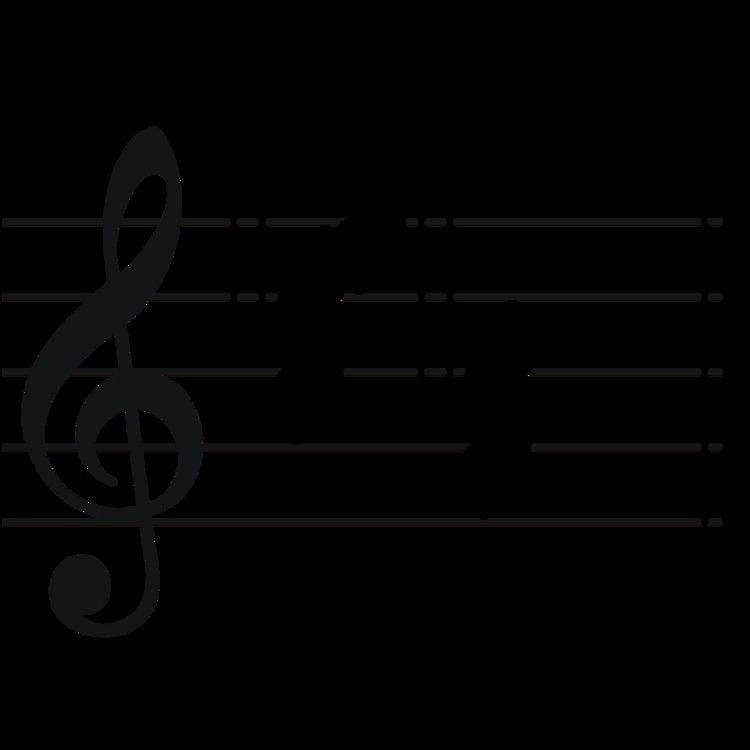Relative key G♯ minor Dominant key F♯ major | ||
 | ||
In music theory, B major is a major scale based on B. The pitches B, C♯, D♯, E, F♯, G♯, and A♯ are all part of the B major scale. Its key signature has five sharps.
B major's relative minor is G-sharp minor, its parallel minor is B minor, and its enharmonic equivalent is C-flat major.
The key signature for B major is the least sharp key signature with three "lines" of sharps. In the treble clef, putting the sharp for A on its expected position relative to the sharp for G would require a ledger line. In the alto and bass clefs it would be possible to do this, but because in piano music (which uses the treble and bass clefs) this would result in a dissimilarity between the two staves that might throw off sight-reading, this is not usually done. However, it is occasionally found, resulting in the A-sharp in the bass-clef key signature appearing on the top line. In the tenor clef, which occurs in orchestral music, the B major key signature is usually written in just two "lines" of sharps.
Although B major is usually thought of as a remote key (due to its distance from C major in the circle of fifths and its fairly large number of sharps), Frédéric Chopin regarded its scale as the easiest of all to play, as its black notes fit the natural positions of the fingers well; as a consequence he often assigned it first to beginning piano students, leaving the scale of C major till last because he considered it the hardest of all scales to play completely evenly (because of its complete lack of black notes).
There are a few large-scale works in B major, including the last part of The Firebird by Igor Stravinsky, the Second Symphony by the Canadian composer Robert Farnon, the symphonic poem Tintagel by Sir Arnold Bax, and Glazunov's Second Piano Concerto (which ends not in B, but in E). Joseph Haydn's Symphony No. 46 is in B major. See also: List of symphonies in B major. The aria "La donna è mobile" from Verdi's opera Rigoletto is in B major. Johannes Brahms's Piano Trio No. 1, Op. 8 is in B major, though the piece ends in B minor. He also wrote the slow movement to his Second Symphony in B Major, as well as the fourth and last piece of the Ballades, Op. 10.
Note that in German and most Central and Northern European languages, the pitch B is called "H" while B♭ is called "B". This includes Nordic, Baltic, Western and Southern Slavic (except Bulgarian) languages as well as Hungarian.
